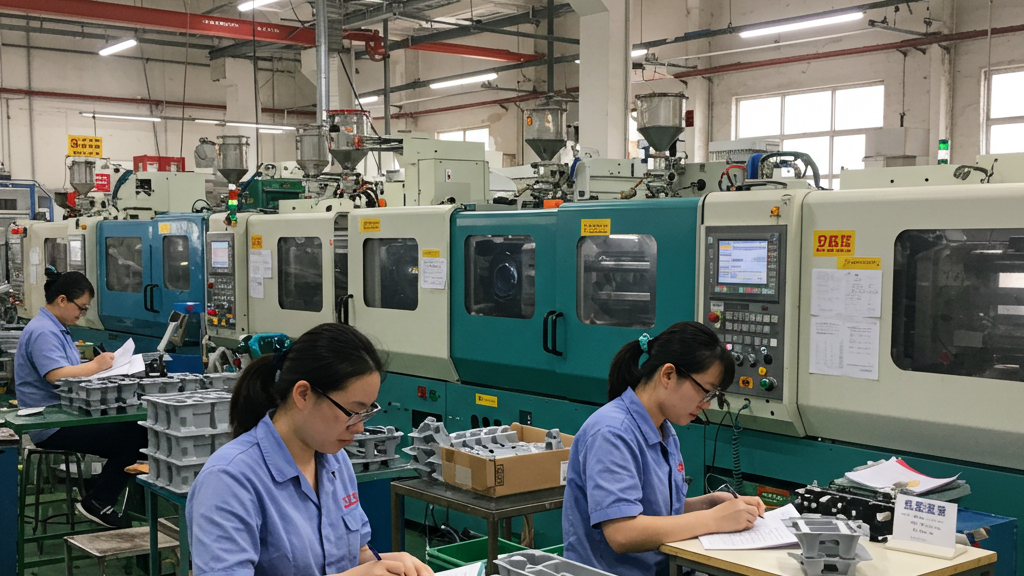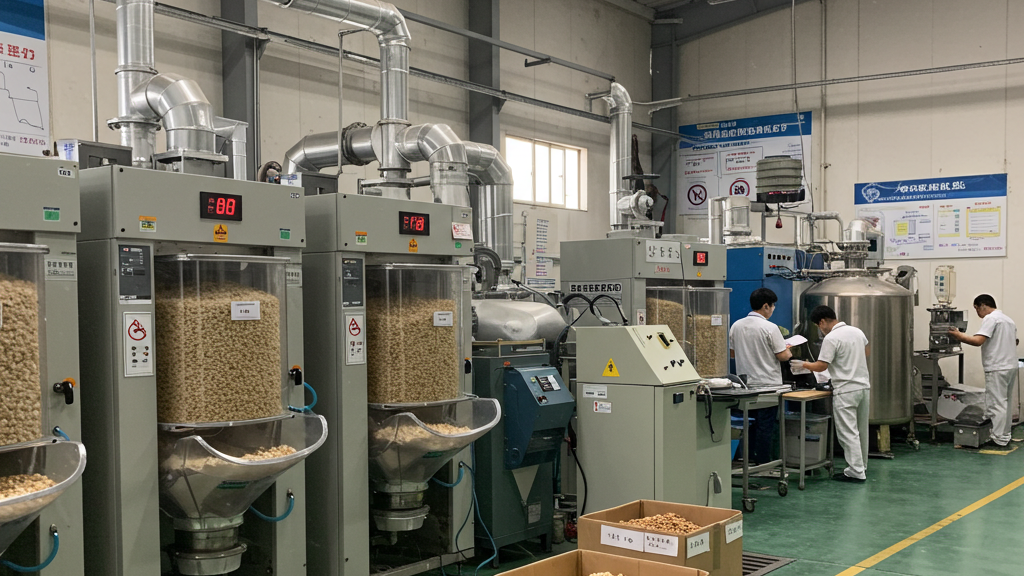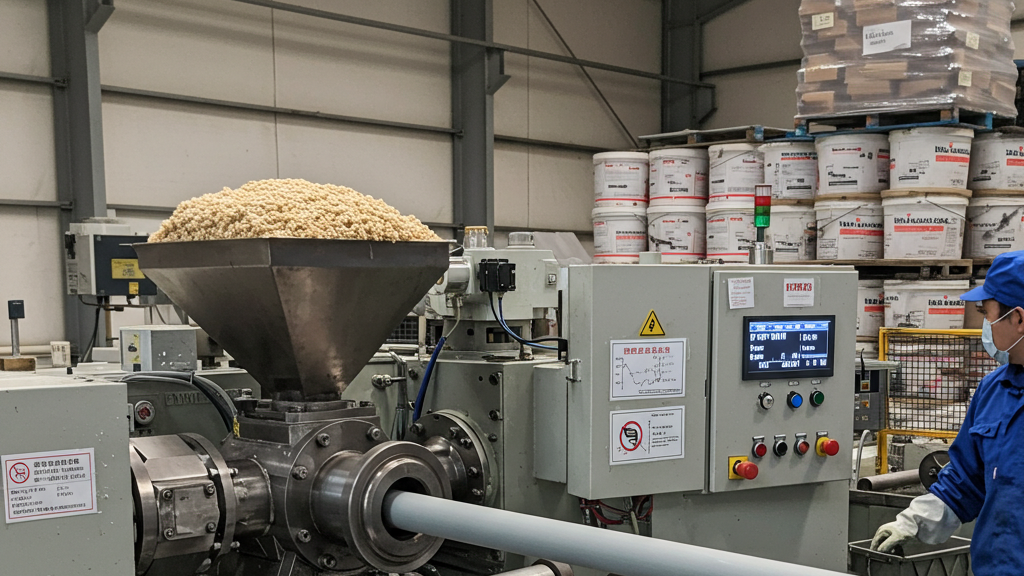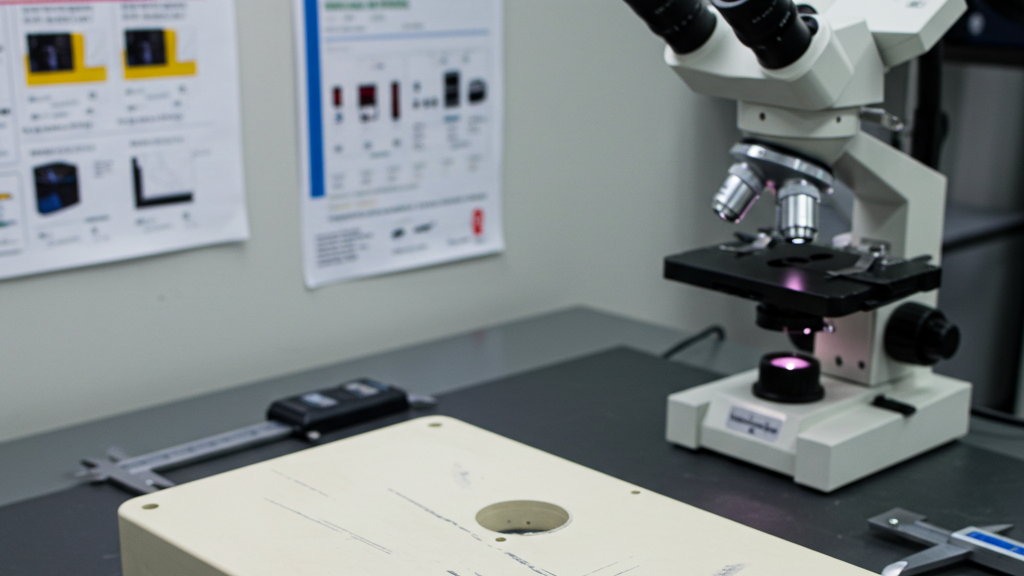
ABS plastic is widely used, but quality problems often occur during the extrusion process. Optimizing the extrusion process is key to improving product quality. Poor processing can lead to defects such as surface roughness and dimensional instability. Therefore, studying optimization methods is essential.
Optimizing the process requires considering many aspects. Suitable ABS raw materials, different grades affect product performance. Controlling the extrusion temperature, the temperature affects the melting and crystallization behavior. Parameters such as screw speed and traction speed also affect quality. We will analyze these parameters and propose optimization strategies.
How to avoid defects in raw materials during extrusion?

The extrusion process of ABS plastic is extremely sensitive to the humidity of the raw materials. The presence of moisture is often the main culprit behind surface defects and internal structural instability of the final product. Therefore, effective drying and preheating are the primary steps to ensure high-quality extrusion.
- Purpose and importance of drying: The main purpose of drying is to remove moisture from the ABS raw materials to avoid defects during the extrusion process and improve plasticization quality.
- Drying methods and parameters: Drying methods include hot air drying, vacuum drying, and dehumidifying drying, requiring precise control of temperature, time, and humidity.
- Purpose and importance of preheating: Preheating can improve melting efficiency, reduce thermal stress, and stabilize the extrusion process, thereby improving product quality.
- Preheating methods and parameters: Preheating methods include hot air preheating and infrared preheating. The key lies in uniformly controlling the preheating temperature.
How do parameters affect the product quality of ABS plastic?

In the extrusion process of ABS plastic, extrusion temperature, screw speed, and traction speed are three crucial process parameters. They interact to jointly determine the melt flowability of ABS plastic and the quality of the final product. Precisely controlling these parameters is the key to obtaining high-quality extruded products.
- Extrusion Temperature: Extrusion temperature affects the melt state of ABS plastic, thereby affecting the flowability and surface quality of the product.
- Screw Speed: Screw speed affects the shear and mixing of ABS plastic by controlling it, which affects the uniformity and mechanical properties of the product.
- Traction Speed: Traction speed affects the stretching and cooling of ABS plastic, ultimately affecting the dimensional accuracy and surface quality of the product.
How to design a mold to reduce stress and deformation?

In the injection molding process, mold design is a key factor affecting product quality. A reasonable mold design can not only improve production efficiency but also effectively reduce product stress and deformation, thereby improving product stability and service life.
- Reasonable Feed System Design: Reduce stress by optimizing the gate and runner to balance filling and reduce the flow resistance of molten plastic.
- Optimized Cooling System Design: Reduce uneven shrinkage and warpage deformation caused by temperature differences through uniform cooling and controlled cooling rates.
- Reasonable Ejection System Design: Reduce deformation during product ejection by reducing ejection resistance and avoiding stress concentration.
- Optimization of Mold Structure: Increase mold rigidity, reduce stress concentration, and select appropriate materials to improve product dimensional accuracy and mold life.
- Optimization of Process Parameters: Reduce product shrinkage and deformation by reducing injection pressure, controlling injection speed, and optimizing holding pressure parameters.
Strategies and methods to reduce stress and deformation
|
Design Strategy/Method |
Key Considerations |
Expected Outcome |
| Optimized Gating System Design | Reduce flow resistance, balance filling | Reduced stress concentration, improved uniformity |
| Enhanced Cooling System Design | Uniform cooling, controlled cooling rate | Reduced warpage, improved dimensional stability |
| Effective Ejection System Design | Minimize ejection resistance, avoid stress concentration | Reduced ejection deformation, prevent surface damage |
| Optimized Process Parameters | Lower injection pressure, controlled injection speed | Reduced shrinkage deformation, improved product quality |
Common Quality Issues During Extrusion
During the extrusion process, common quality issues cover various aspects such as product appearance, dimensional accuracy, mechanical properties, and process stability. Surface defects such as pinholes and bubbles, silver streaks, and surface roughness are often caused by raw material humidity, temperature control, or improper mold design.
1.Surface Defects: Surface defects include pinholes and bubbles, silver streaks, and surface roughness, usually caused by raw material, temperature, or mold problems.
2.Dimensional and Shape Problems: Dimensional instability and warpage deformation are common dimensional and shape problems, mainly stemming from temperature, traction, or cooling instability.
3.Mechanical Property Problems: Mechanical property problems such as insufficient strength and increased brittleness are usually related to raw materials, temperature, or cooling rate.
4.Other Problems During Extrusion: Problems such as melt fluctuations and extruder blockage can affect extrusion efficiency and product quality.
Conclusion
Reasonable mold design can significantly reduce product stress and deformation. Optimizing the feed system, cooling system, and ejection system is key to improving product quality. Adjustments to process parameters, such as injection pressure and speed, also have a significant impact on product deformation. High-quality molds can improve product dimensional accuracy and service life.
For expert assistance in implementing for your production needs, visit our resource center or contact us. Let’s help you scale up your manufacturing with precision and efficiency!
Post time: Mar-27-2025
